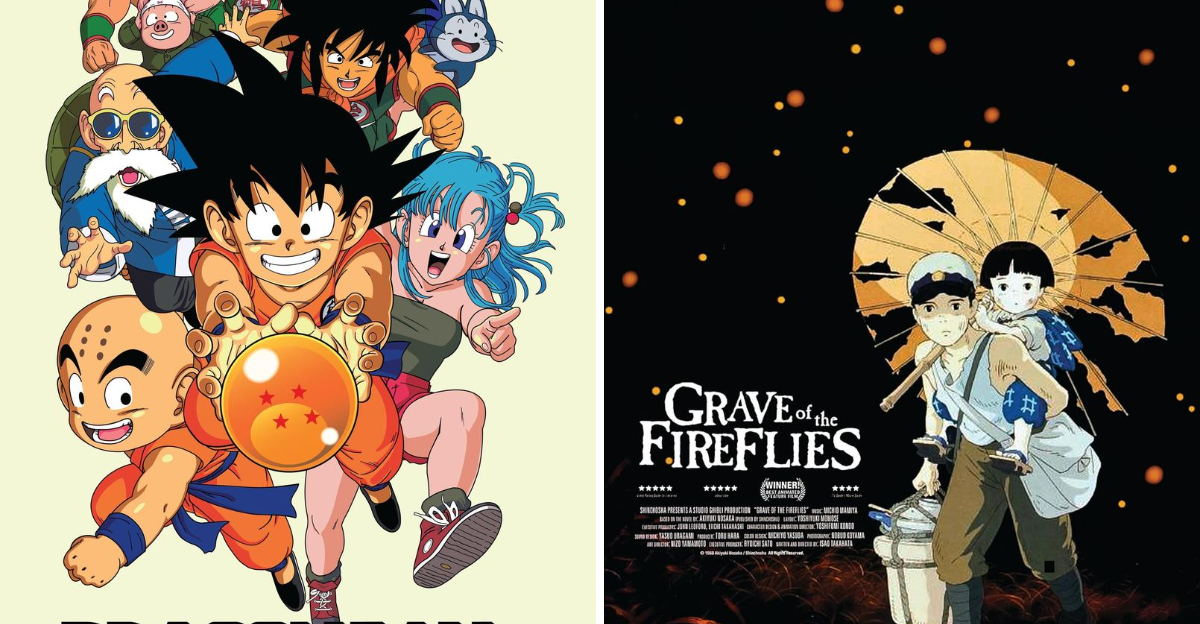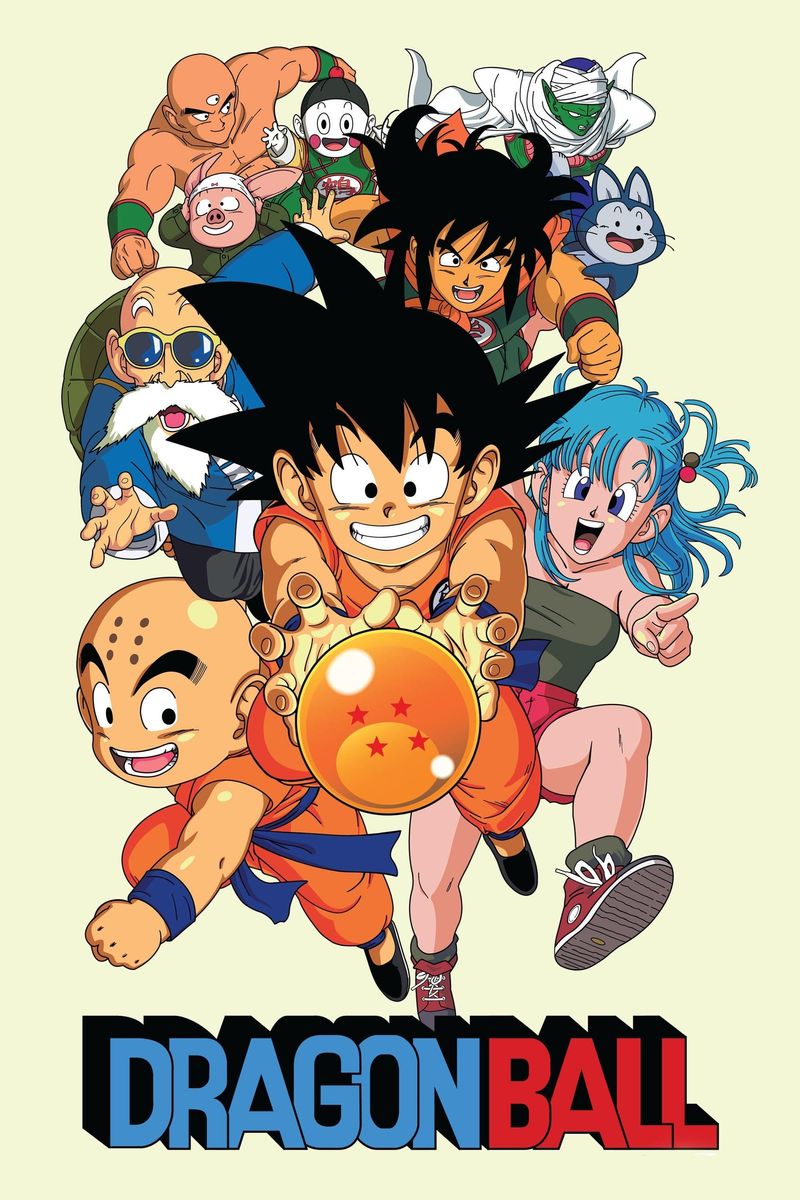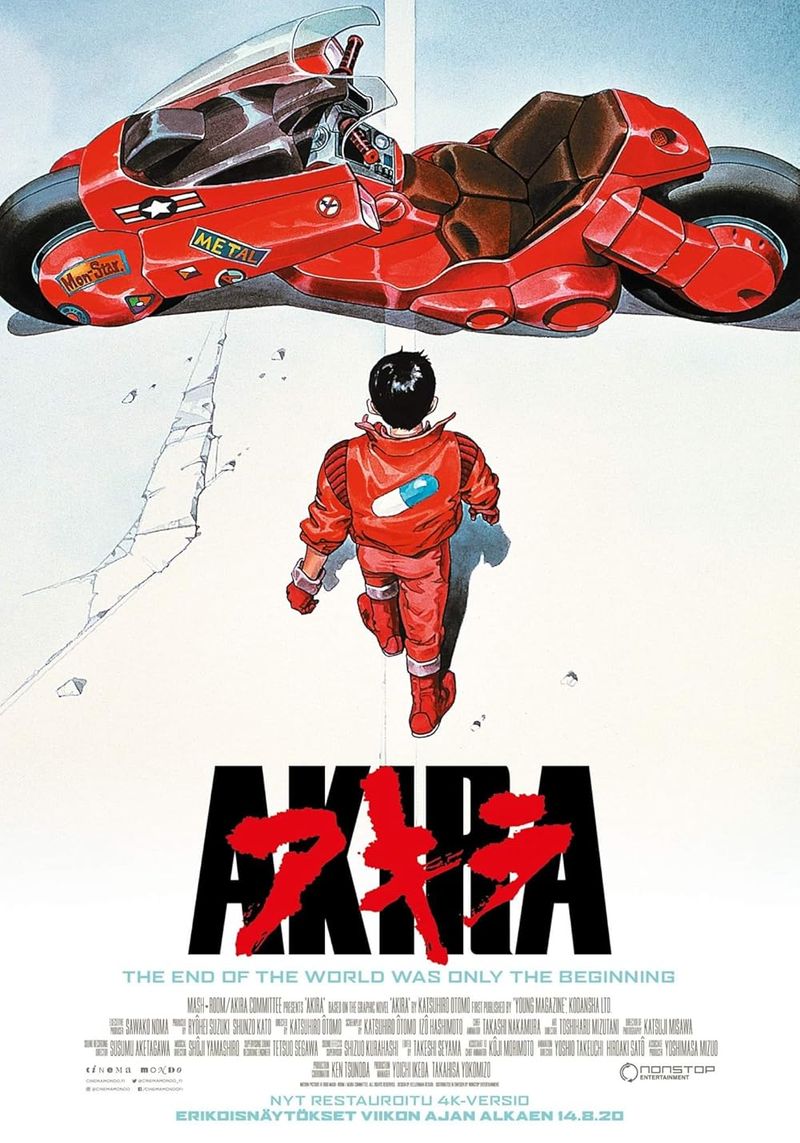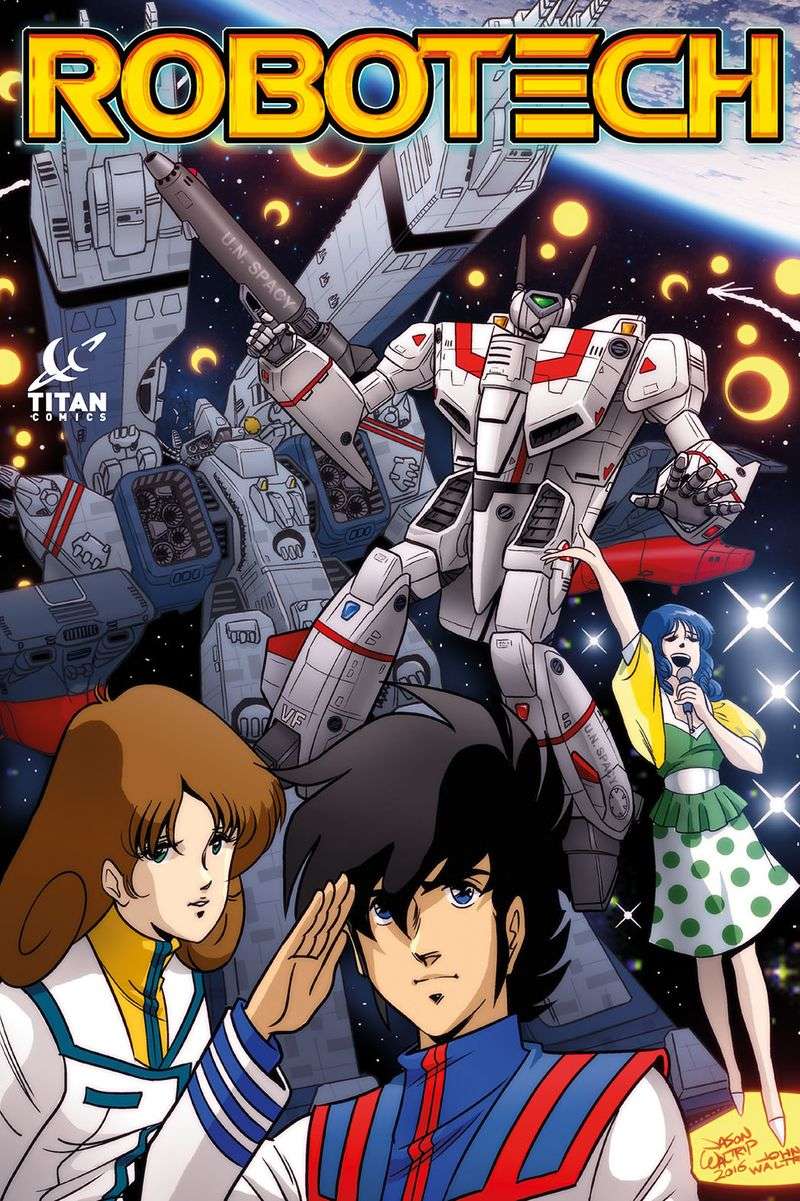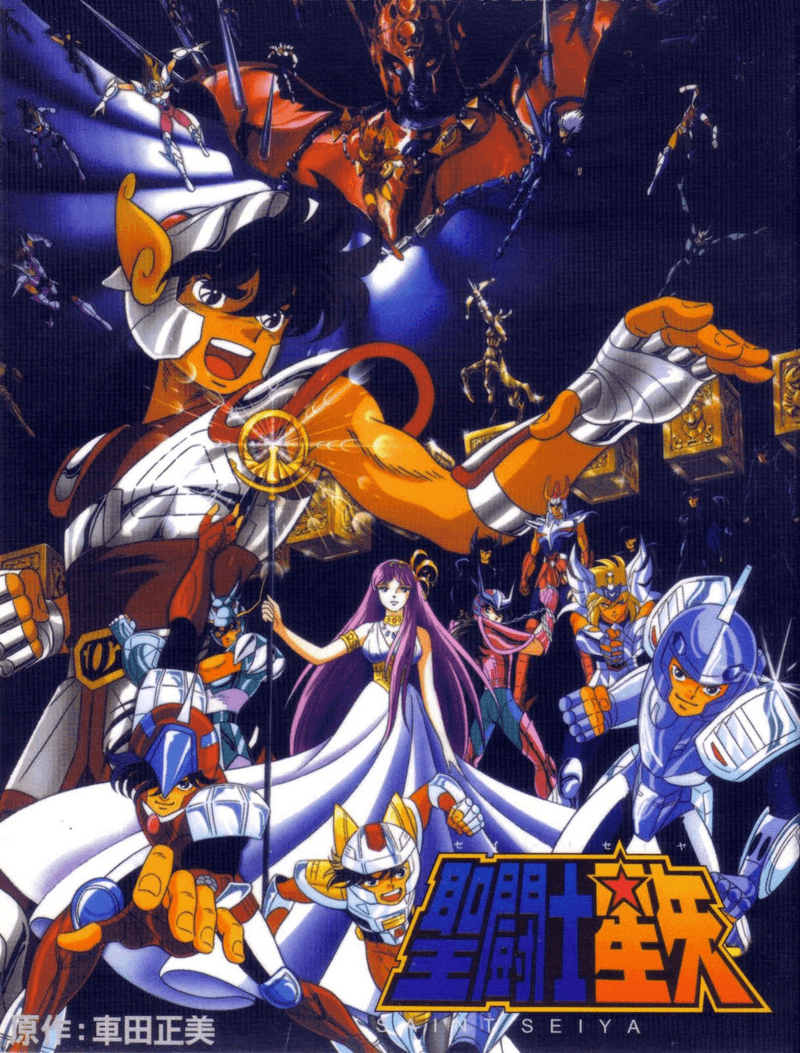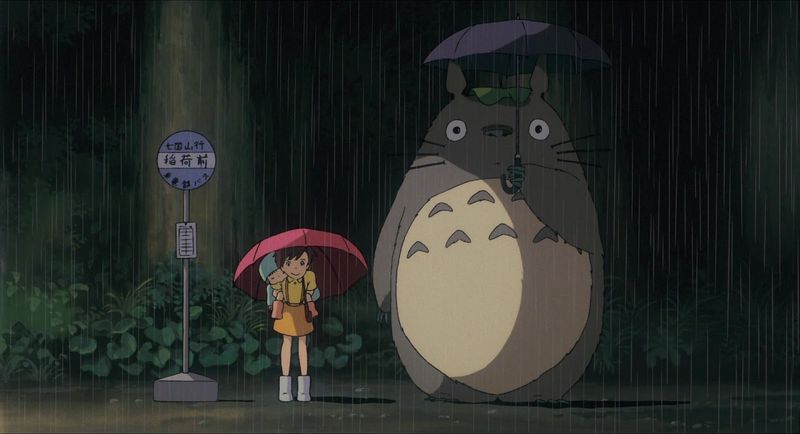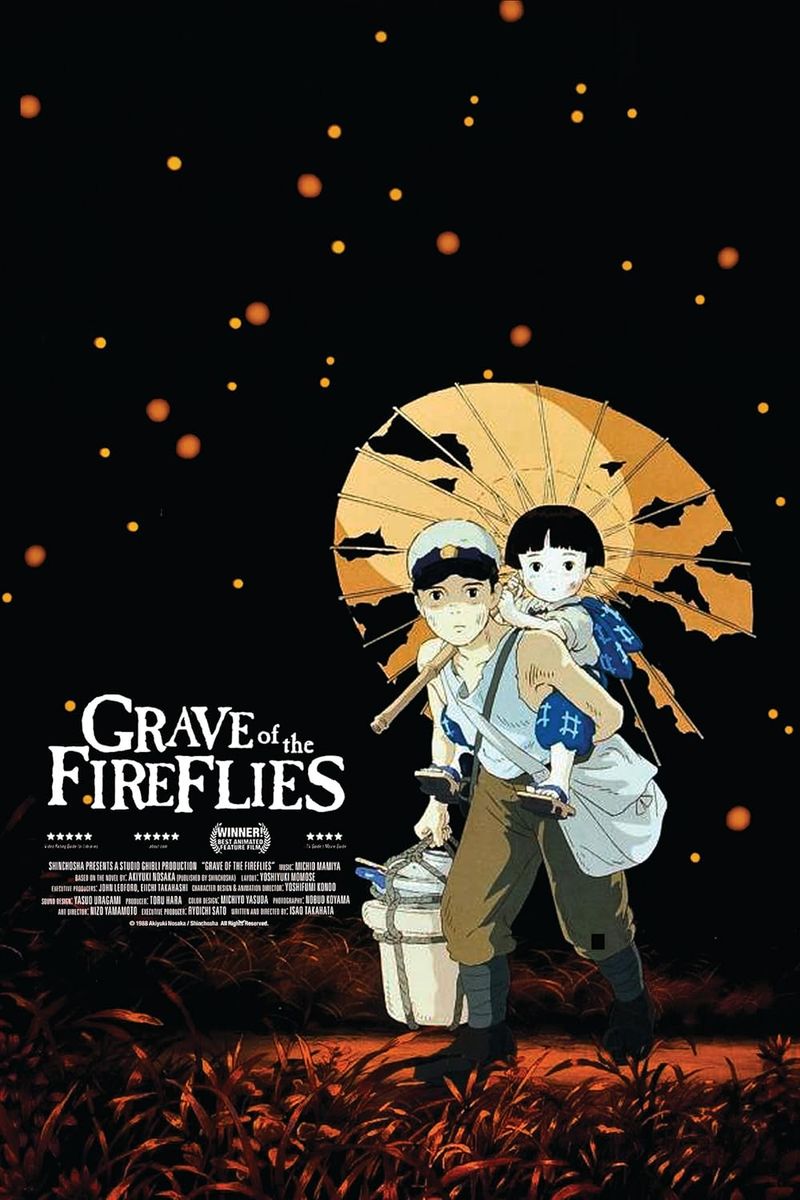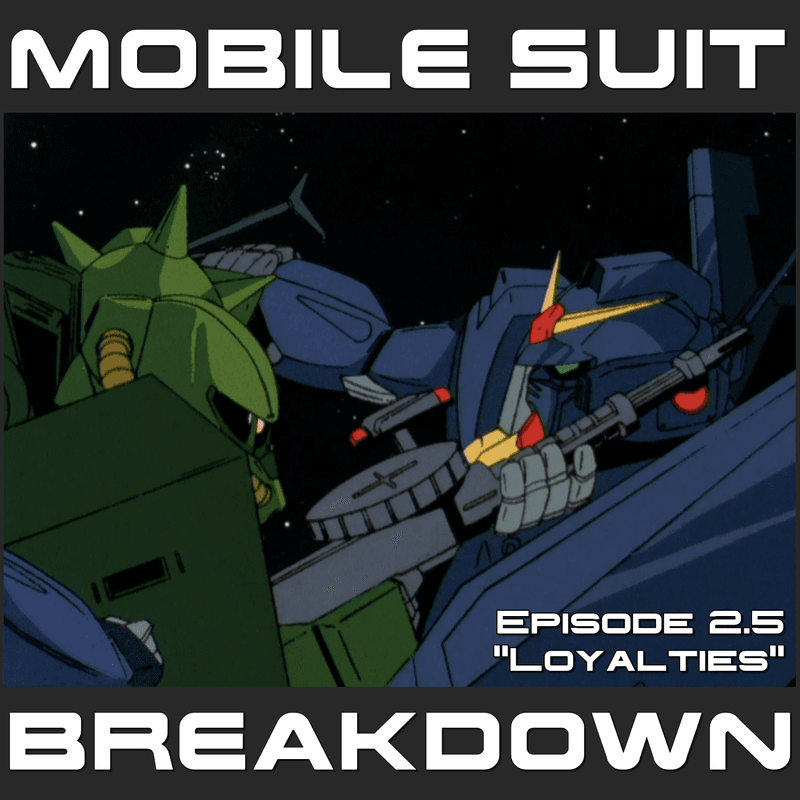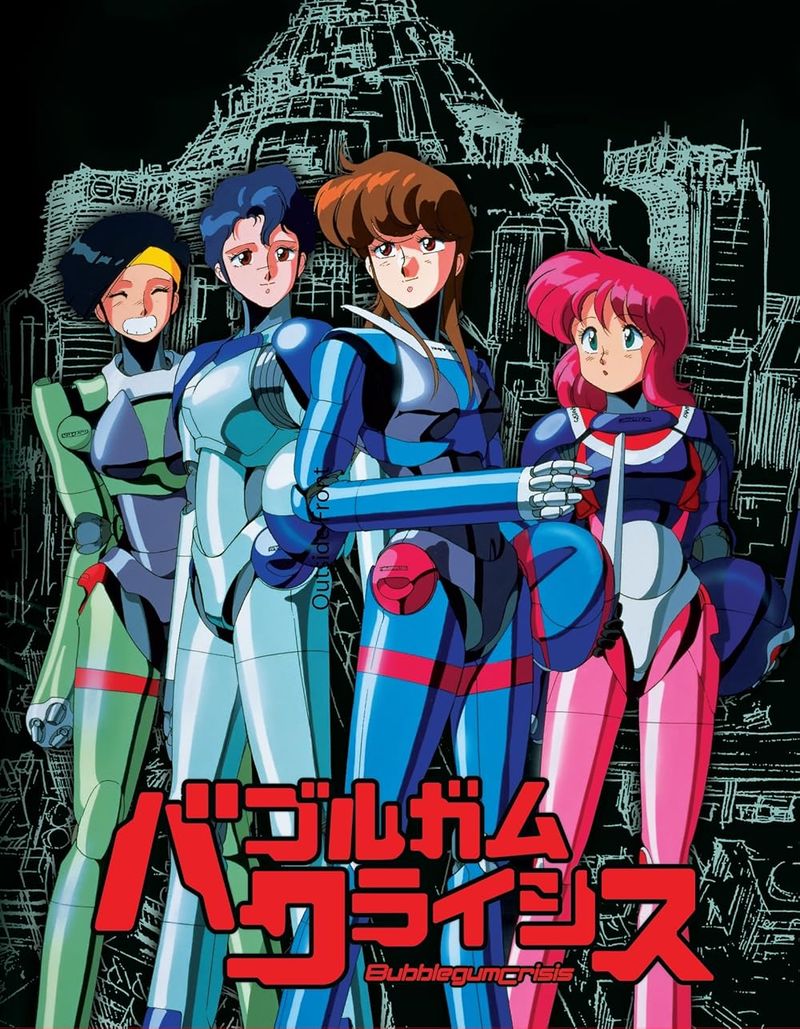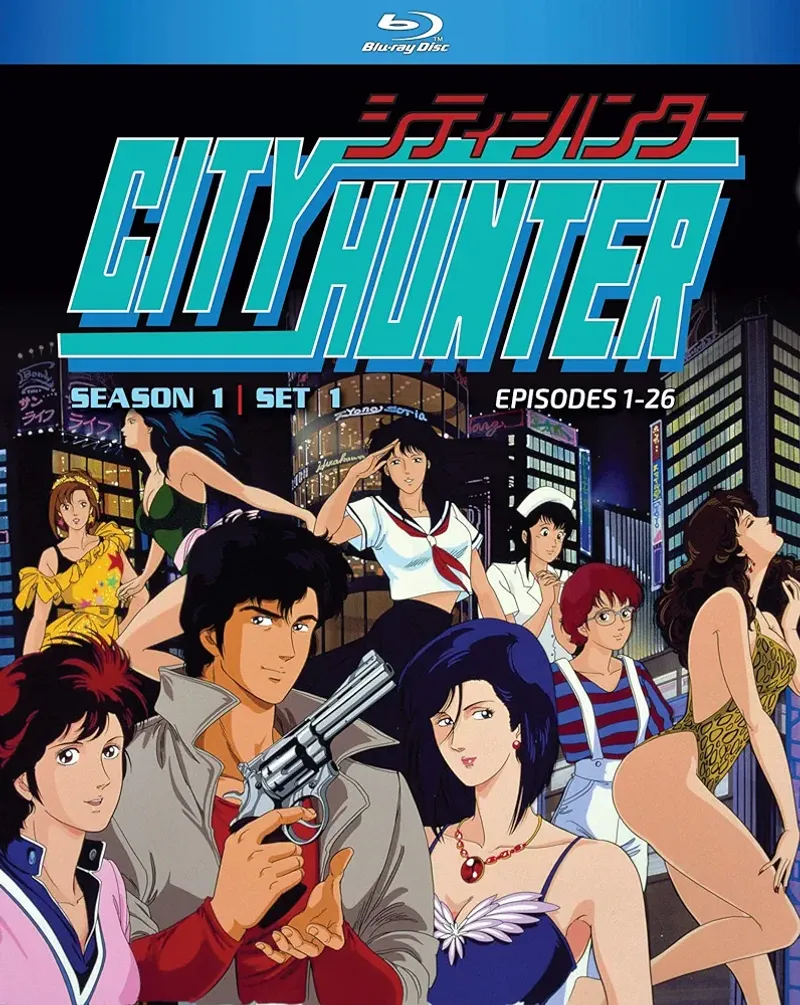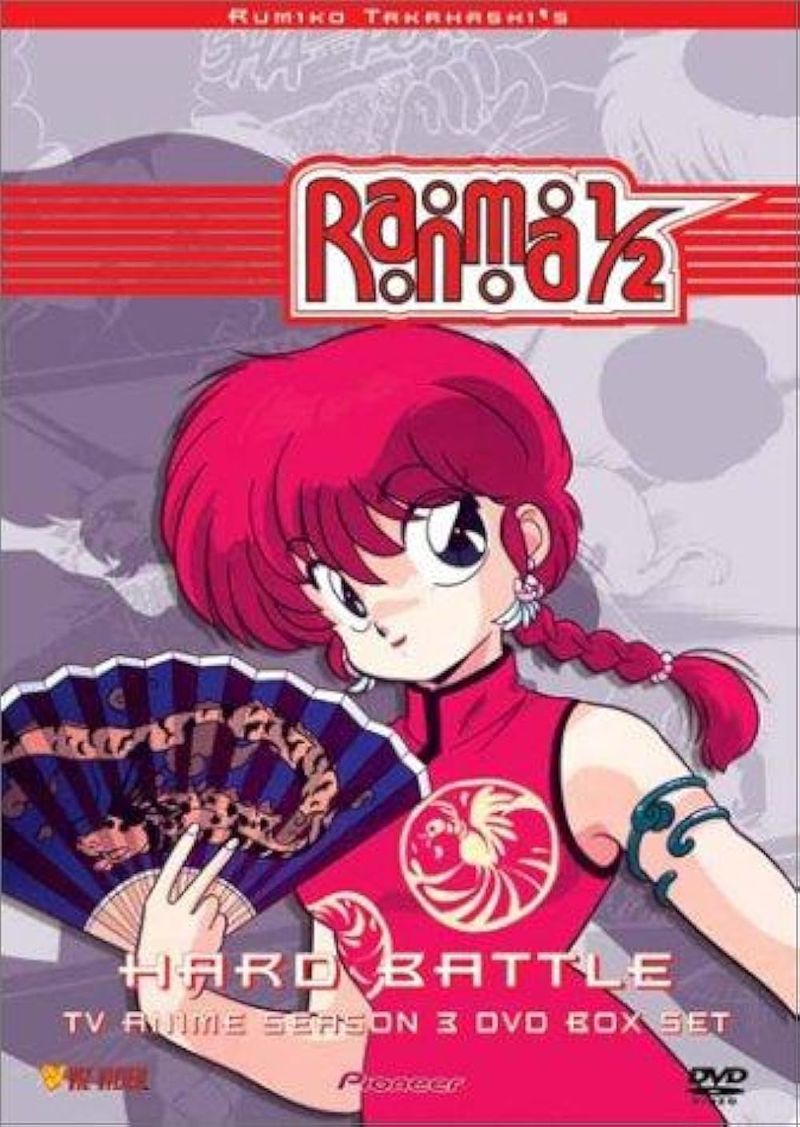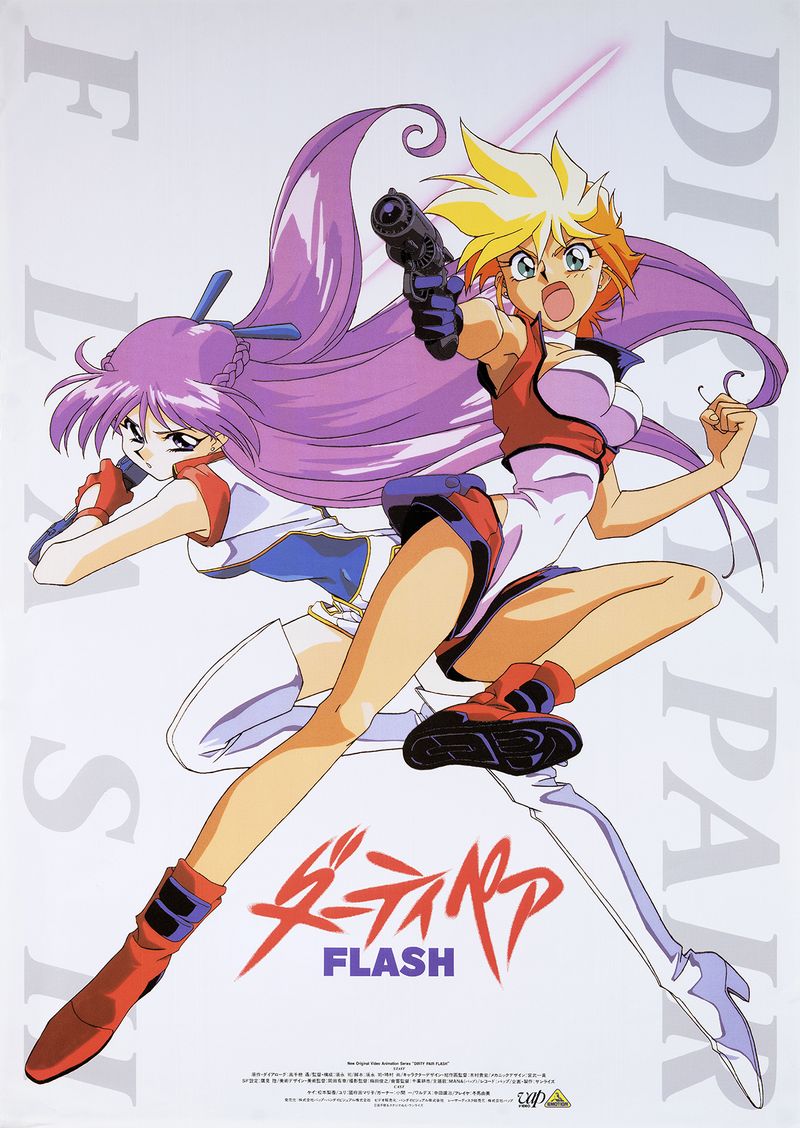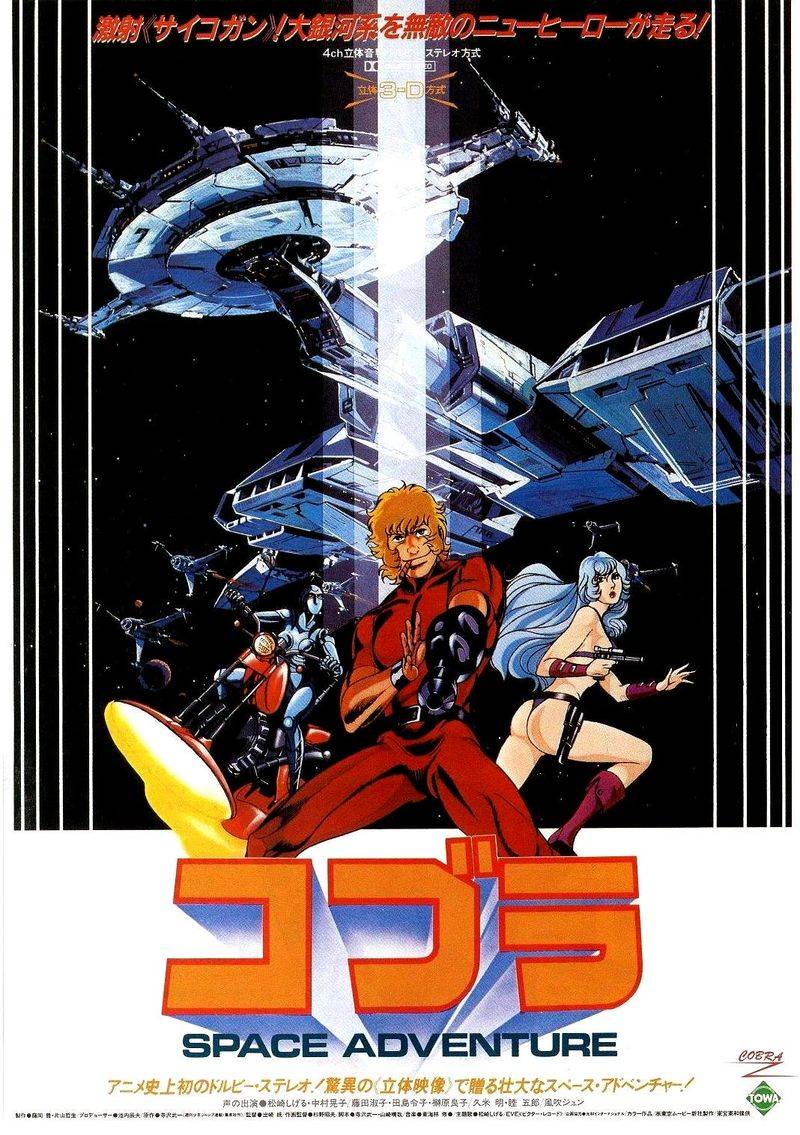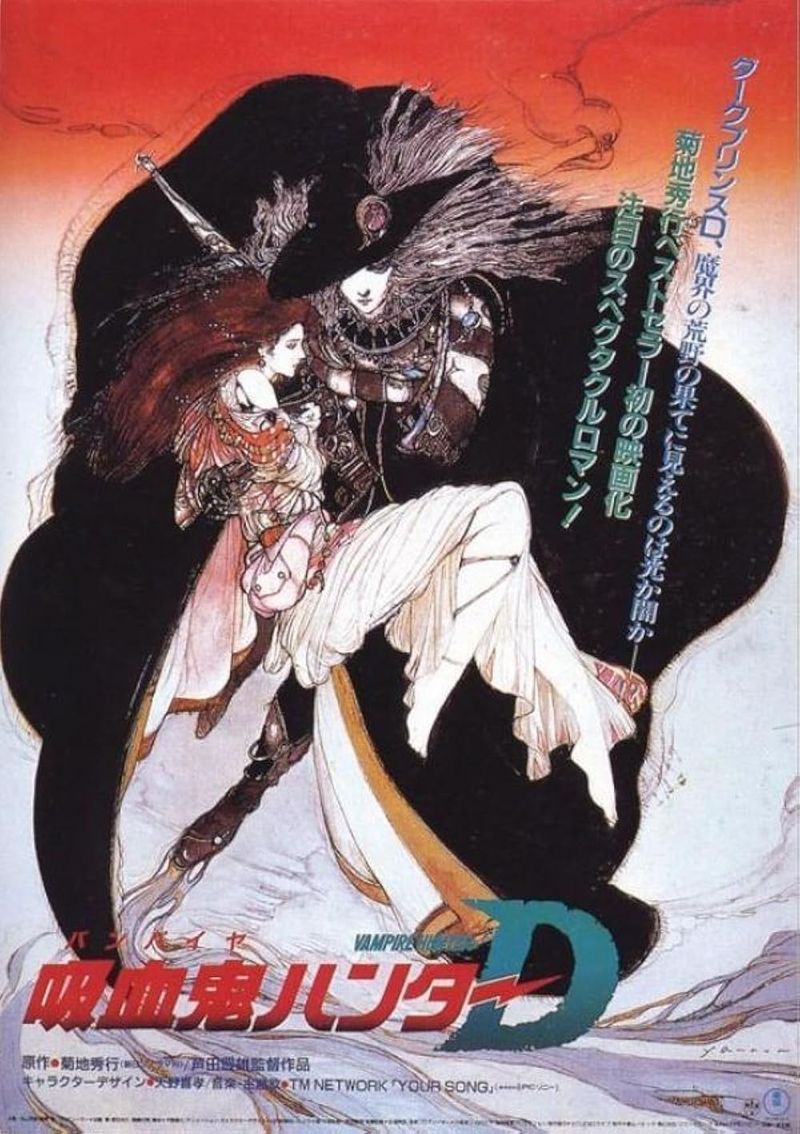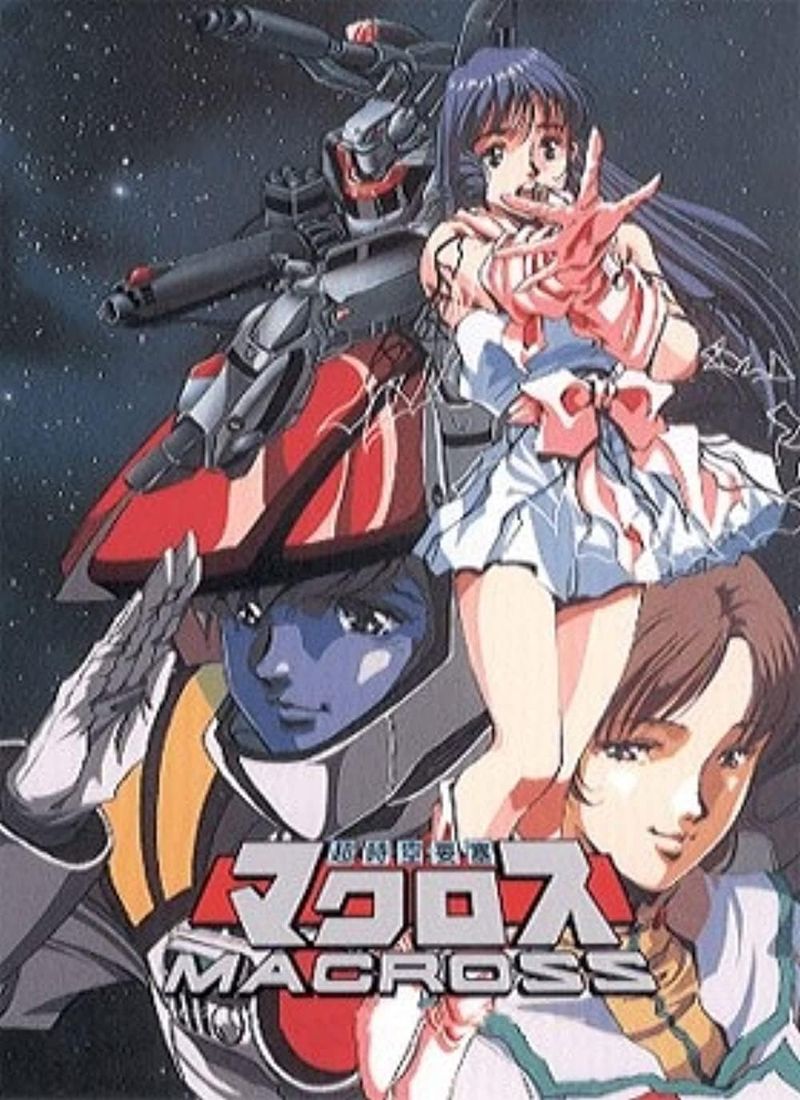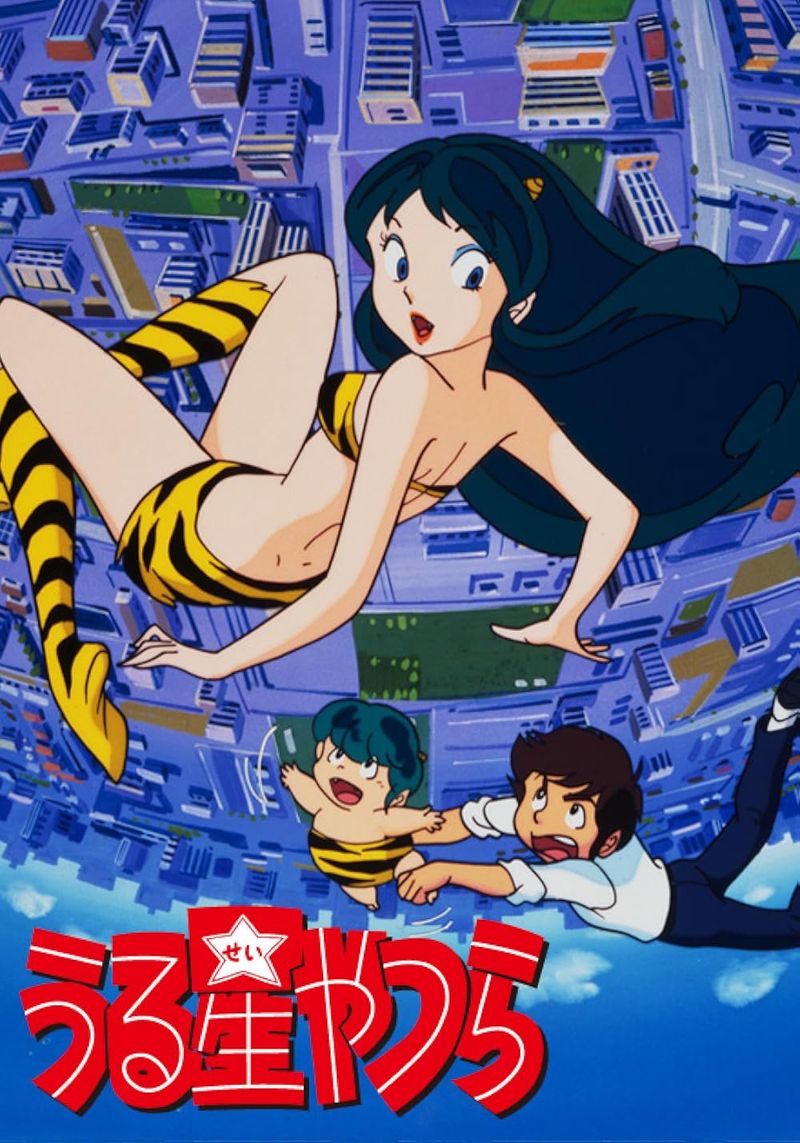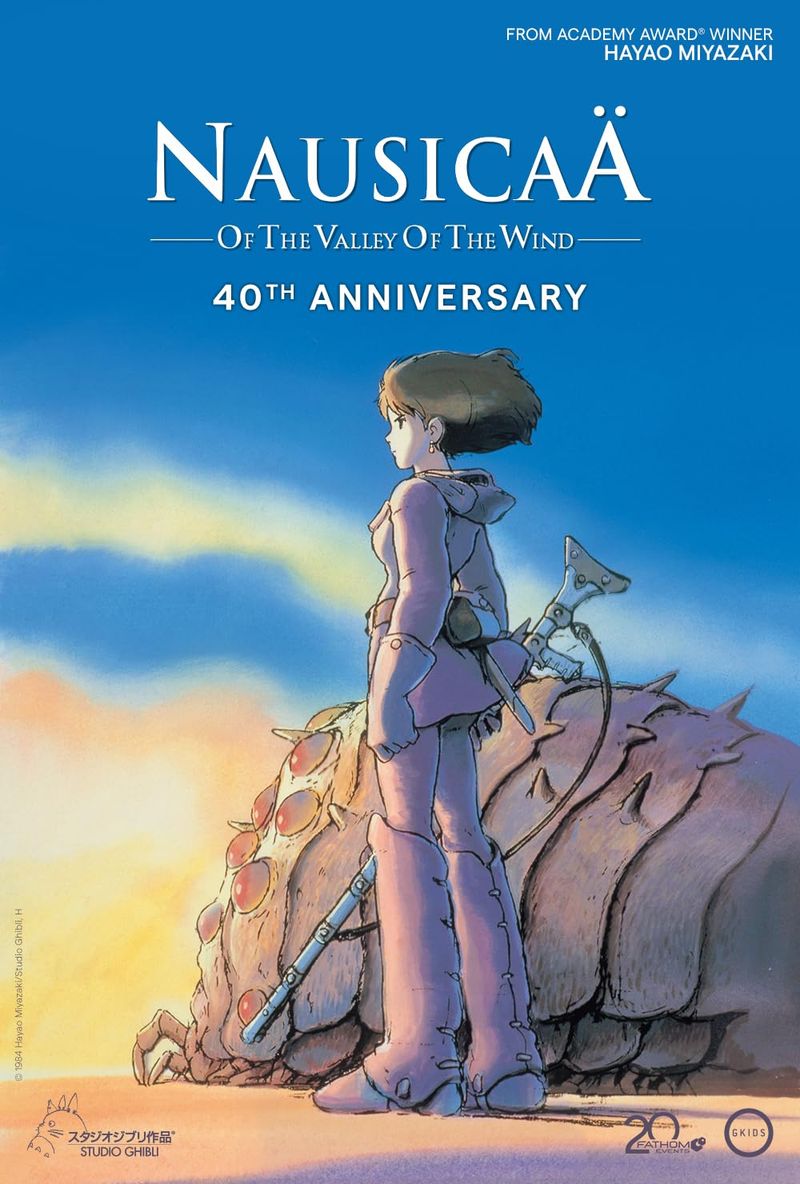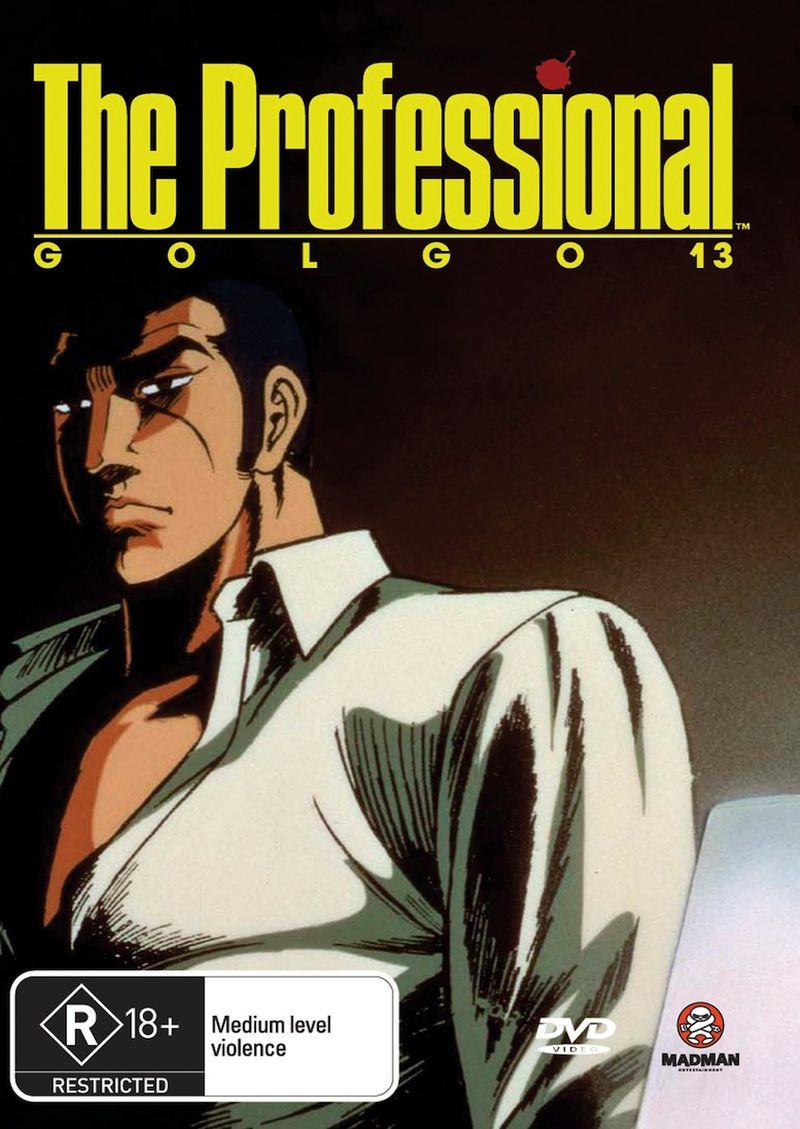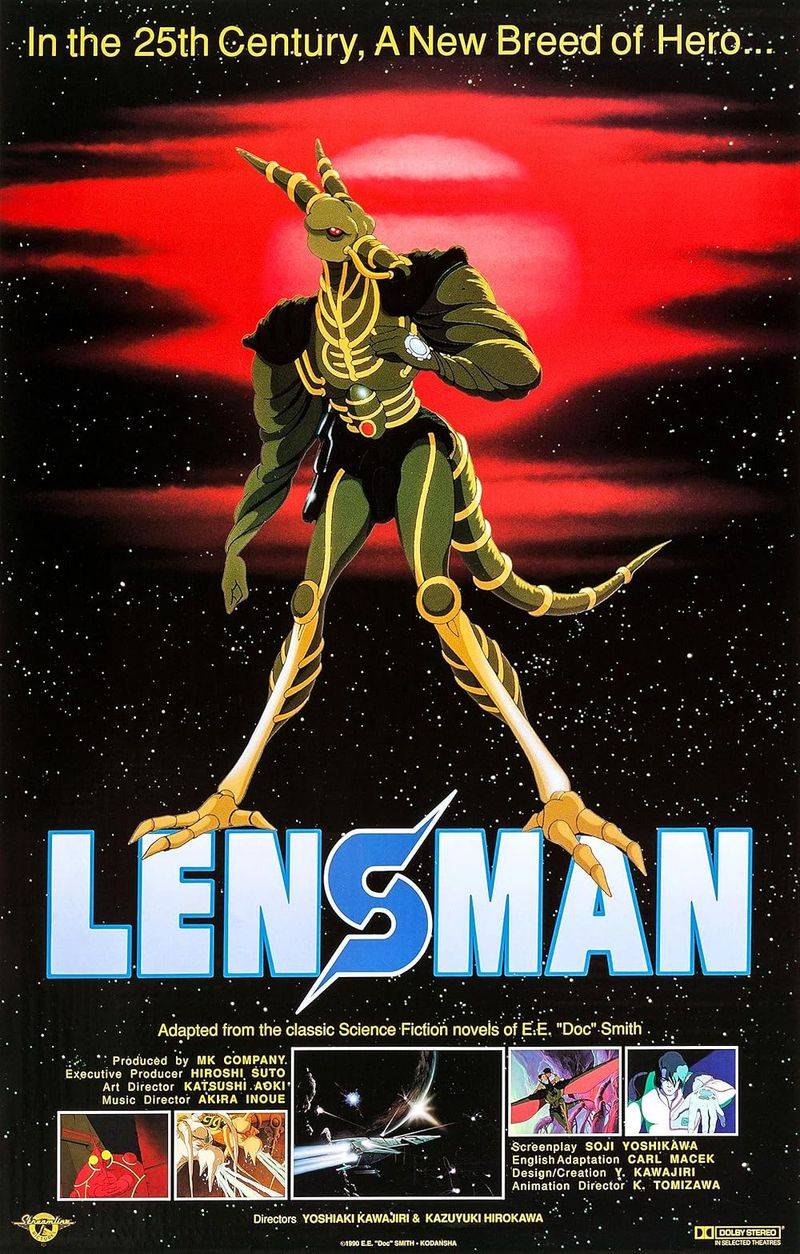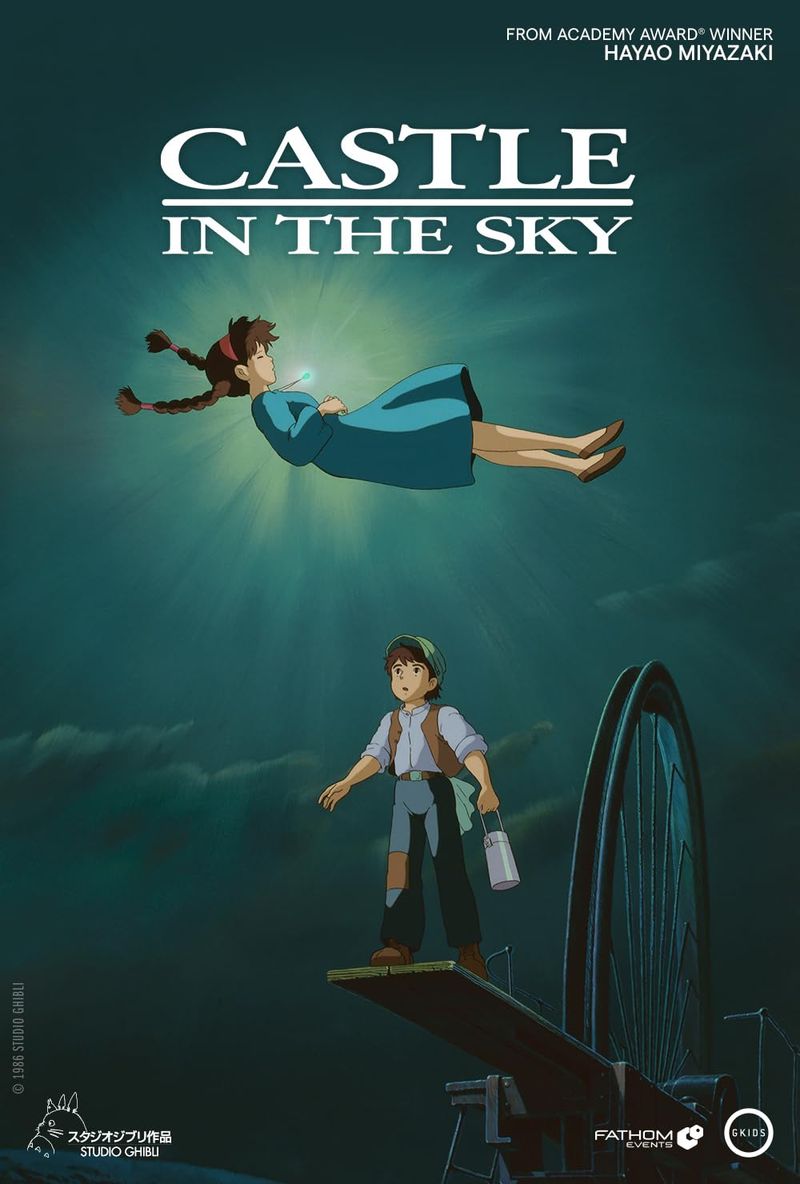The 1980s was a golden era for anime, setting the stage for some of the most legendary series that influenced fans worldwide.
While some shows became instant hits in America, others remained cult classics until later generations rediscovered them.
Here’s a look at 20 of the biggest 80s anime, when they aired, and how famous they became in the U.S.
Dragon Ball (1986-1989)
Dragon Ball (1986-1989)
Airing from February 26, 1986, to April 19, 1989, Dragon Ball introduced us to the adventurous young Goku. Initially, the series struggled to gain traction in America until Dragon Ball Z skyrocketed in popularity in the 90s. The original series was aired in a limited capacity, but it later gained full recognition, thanks to Toonami.
Dragon Ball’s whimsical adventures and martial arts fantasy captivated audiences, laying the groundwork for Goku’s legendary journey. Through its engaging storyline and vibrant characters, it became a beloved classic, influencing countless anime that followed.
Akira (1988, Movie)
Akira (1988, Movie)
Released on July 16, 1988, Akira shattered perceptions of what anime could be. Its dystopian, cyberpunk aesthetics and complex, mature themes resonated with Western audiences, making it a cult classic. The film introduced an entire generation to the world of anime.
Akira’s influence extends beyond anime, impacting Hollywood and various media. Its impressive animation and storytelling remain unparalleled, cementing its status as a seminal work. Even decades later, its legacy continues to inspire creators globally.
Robotech (1985, U.S. Adaptation)
Robotech (1985, U.S. Adaptation)
Airing from March 4 to June 28, 1985, Robotech was a pioneering force in introducing anime to U.S. audiences. This adaptation blended Macross, Southern Cross, and Mospeada, creating a space opera that resonated deeply with fans.
Its success helped popularize the mecha genre in America, laying groundwork for future series. Robotech’s engaging storyline and dynamic characters captivated audiences, making it a staple of 80s anime culture in the U.S. Its legacy persists through dedicated fan followings.
Saint Seiya (1986-1989)
Saint Seiya (1986-1989)
This series aired from October 11, 1986, to April 1, 1989, becoming a phenomenon in Latin America and Europe. However, it wasn’t widely recognized in the U.S. until the early 2000s when it briefly aired on Toonami.
Saint Seiya’s blend of mythology, action, and friendship struck a chord with audiences. Its richly detailed world and epic battles drew in fans, and its influence is evident in many later works. The series remains a beloved classic overseas and among U.S. anime enthusiasts.
Fist of the North Star (1984-1987)
Fist of the North Star (1984-1987)
Airing from October 4, 1984, to March 5, 1987, Fist of the North Star became a cult hit in the U.S. through VHS and manga releases. Its violent, dystopian world and iconic protagonist, Kenshiro, captivated audiences with unique martial arts action.
The series wasn’t widely televised initially but found a bigger audience in the 90s. Its intense, gritty storytelling and memorable characters have left a lasting impact on the genre, making it a must-watch for fans of classic anime.
My Neighbor Totoro (1988, Movie)
My Neighbor Totoro (1988, Movie)
Premiering on April 16, 1988, My Neighbor Totoro initially remained unknown in the U.S. However, it gained massive popularity when Disney re-released it in 2005. Today, it’s one of Studio Ghibli’s most beloved films.
The movie’s gentle storytelling and whimsical characters, like the iconic Totoro, enchant viewers of all ages. Its themes of family and nature resonate deeply, making it a timeless classic that continues to captivate new generations worldwide.
Grave of the Fireflies (1988, Movie)
Grave of the Fireflies (1988, Movie)
Released on April 16, 1988, Grave of the Fireflies is a poignant, emotional tale set during World War II. Initially introduced to U.S. audiences through Ghibli retrospectives, it became critically acclaimed for its powerful storytelling.
The film’s harrowing depiction of war’s impact on children offers a profound, heart-wrenching experience. Its somber tone and beautiful animation have made it a significant, unforgettable piece of cinematic art that continues to move audiences worldwide.
Mobile Suit Zeta Gundam (1985-1986)
Mobile Suit Zeta Gundam (1985-1986)
Airing from March 2, 1985, to February 22, 1986, Zeta Gundam is a key installment in the iconic Gundam franchise. Initially, the series was mostly unknown in the U.S. during the 80s.
However, it gained popularity in the 90s when series like Gundam Wing aired. Zeta Gundam’s intricate plot and political themes added depth to the mecha genre, influencing many subsequent series. Its legacy endures, celebrated by devoted fans worldwide.
Bubblegum Crisis (1987-1991, OVA)
Bubblegum Crisis (1987-1991, OVA)
Airing from February 25, 1987, to January 30, 1991, this series became a cyberpunk cult classic in the U.S. during the 90s through VHS releases. Set in a futuristic Tokyo, it follows the Knight Sabers, a group of female vigilantes.
Its stylish action, engaging characters, and rock-inspired soundtrack captured the imaginations of fans. Bubblegum Crisis remains a beloved series, celebrated for its unique blend of cyberpunk aesthetics and dynamic storytelling.
City Hunter (1987-1991)
City Hunter (1987-1991)
Running from April 6, 1987, to October 10, 1991, City Hunter was never fully aired in the U.S. but found its audience through fan-subtitled VHS tapes. The series follows Ryo Saeba, a smooth-talking private detective with a penchant for justice.
Its mix of comedy, action, and romance appealed to fans, making it a hidden gem of 80s anime. City Hunter’s engaging characters and entertaining plots continue to charm viewers, ensuring its place in the annals of anime history.
Ranma ½ (1989-1992)
Ranma ½ (1989-1992)
Airing from April 15, 1989, to September 25, 1992, Ranma ½ became one of the first mainstream anime in the U.S. during the 90s through VHS tapes and manga translations. The series’ unique blend of martial arts, comedy, and gender-bending transformations captivated audiences.
Its quirky characters and humorous scenarios made it a standout, influencing numerous similar series. Ranma ½’s lasting popularity attests to its charm and innovative storytelling, maintaining a dedicated fan base even today.
Dirty Pair (1985-1986, OVA Series)
Dirty Pair (1985-1986, OVA Series)
Running from July 15, 1985, to December 26, 1985, Dirty Pair gained popularity in anime fandom circles but never fully aired on TV. It achieved cult status in the 90s through VHS and DVD releases.
The series’ mix of action, humor, and sci-fi adventure captivated fans, making Kei and Yuri iconic characters. Its influence on the genre is evident, as it paved the way for many future sci-fi anime series, remaining a beloved classic.
Space Adventure Cobra (1982-1983)
Space Adventure Cobra (1982-1983)
Airing from October 7, 1982, to May 19, 1983, Space Adventure Cobra wasn’t widely known in the U.S. but gained cult status later. The series follows Cobra, a charismatic space pirate with a unique weapon, navigating cosmic escapades.
Its imaginative storytelling and vibrant characters attracted devoted fans, making it a hidden treasure of 80s anime. The show’s legacy continues to influence space-themed anime, captivating new audiences with its adventurous spirit.
Vampire Hunter D (1985, Movie)
Vampire Hunter D (1985, Movie)
Released on December 21, 1985, Vampire Hunter D became one of the earliest anime horror films released in the U.S. on VHS, gaining cult popularity. The film’s gothic horror elements and mysterious protagonist captivated audiences.
Its unique blend of horror and fantasy set a precedent for future anime in the genre. Vampire Hunter D’s atmospheric storytelling and iconic character design continue to enthrall fans, solidifying its status as a classic in anime horror.
Super Dimension Fortress Macross (1982-1983)
Super Dimension Fortress Macross (1982-1983)
Airing from October 3, 1982, to June 26, 1983, Macross became famous through Robotech but was mostly unknown in its original form in the U.S. until later. The series’ intricate mecha designs and love stories captivated fans.
Its influence on the genre is immense, laying groundwork for future mecha series. Macross’s legacy endures, continuing to inspire and entertain with its compelling storytelling and innovative animation techniques.
Urusei Yatsura (1981-1986)
Urusei Yatsura (1981-1986)
Airing from October 14, 1981, to March 19, 1986, Urusei Yatsura was popular among hardcore anime fans but never hit mainstream American TV. The series’ comedic antics and unique characters captured the imaginations of viewers.
Its influence is evident in many later works, as it blended humor with fantasy in innovative ways. Urusei Yatsura remains a cherished classic, its charm and creativity continuing to engage new generations of anime enthusiasts.
Nausicaä of the Valley of the Wind (1984, Movie)
Nausicaä of the Valley of the Wind (1984, Movie)
Released on March 11, 1984, Nausicaä became widely known later when Ghibli films gained recognition in the 90s and 2000s. Its environmental themes and strong, compassionate heroine resonated with audiences worldwide.
The film’s breathtaking animation and visionary storytelling established Studio Ghibli’s legacy. Nausicaä continues to inspire, its message of harmony with nature and humanity’s potential for change remaining relevant today.
Golgo 13: The Professional (1983, Movie)
Golgo 13: The Professional (1983, Movie)
Released on May 28, 1983, Golgo 13 was one of the first anime assassin thriller films to make an impact in the U.S. The film’s gritty narrative and cool, calculating protagonist drew in audiences, establishing a new genre of anime thrillers.
Golgo 13’s influence is seen in many later works, as it set a standard for espionage and action in anime. Its stylish presentation and suspenseful storytelling remain engaging to fans of the genre.
Lensman (1984, Movie)
Lensman (1984, Movie)
Released on July 7, 1984, Lensman had a limited U.S. release but was mostly known through VHS tapes and anime clubs. The film’s imaginative space opera theme and groundbreaking animation techniques captivated audiences.
Though not widely recognized initially, its legacy as a cult classic endures. Lensman’s influence on the sci-fi genre in anime remains significant, with its adventurous spirit and innovative visuals continuing to inspire.
Castle in the Sky (1986, Movie)
Castle in the Sky (1986, Movie)
Released on August 2, 1986, Castle in the Sky gained widespread popularity when Disney released it in the 2000s. The film’s enchanting tale of discovery and adventure has captivated audiences globally.
Its stunning visuals and engaging narrative set a benchmark for fantasy anime, reinforcing Studio Ghibli’s reputation. Castle in the Sky remains a beloved classic, its magical world and timeless story continuing to charm viewers of all ages.
